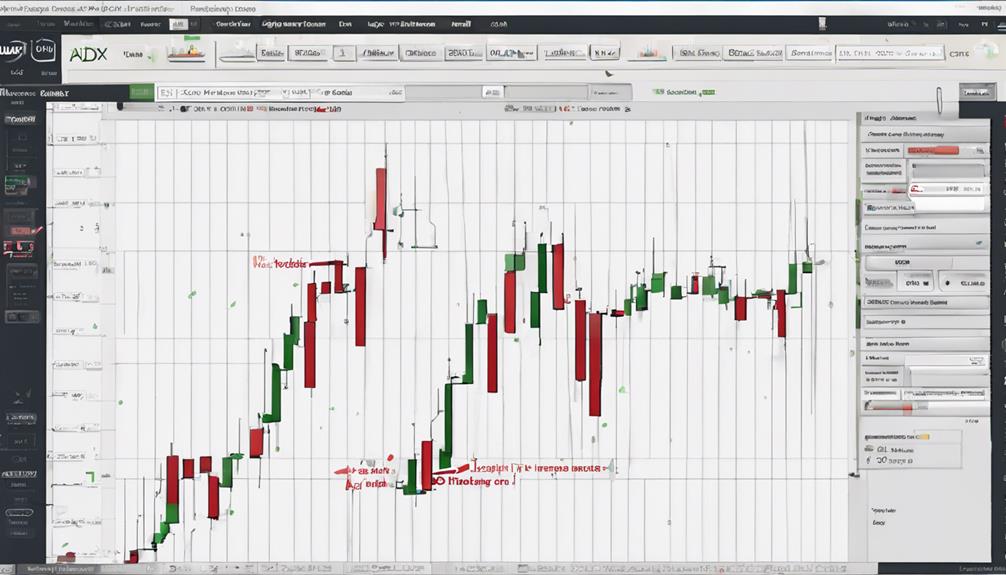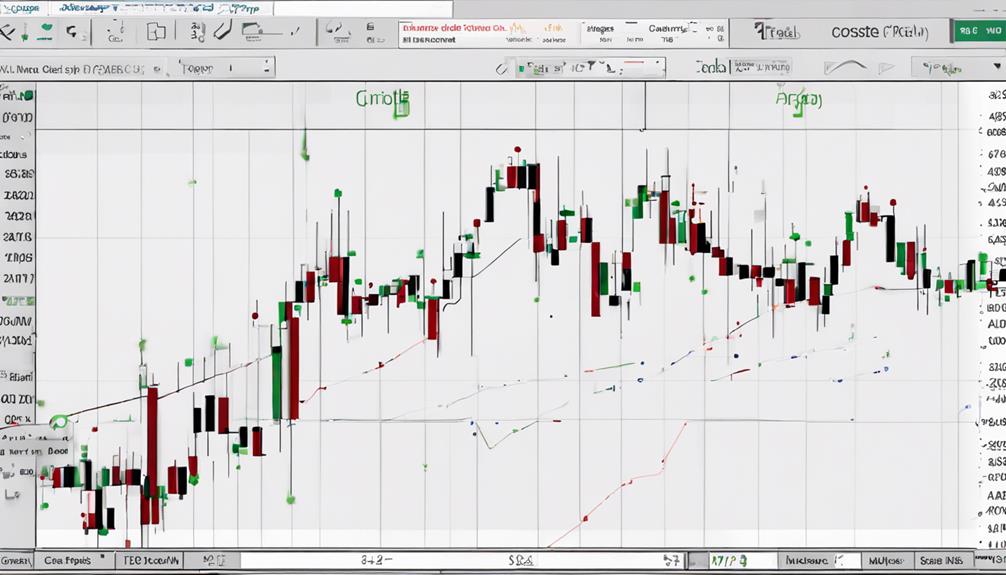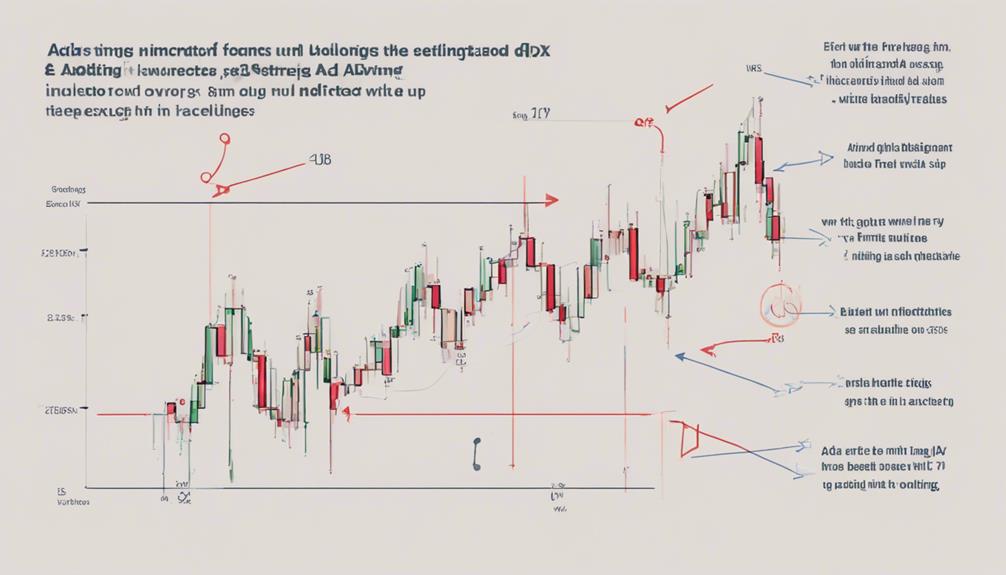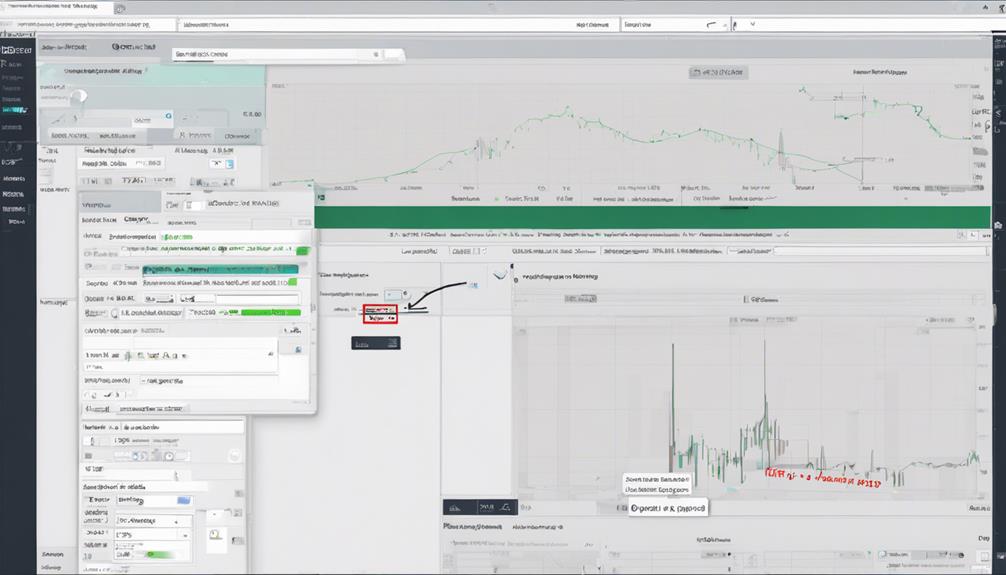Embarking on the journey of mastering the ADX Indicator involves a structured approach encompassing its fundamental principles, practical setup, and strategic deployment in trading scenarios.
Understanding the ADX's significance in measuring trend strength and its specific value ranges form the cornerstone of utilizing this tool effectively.
As we delve into the intricacies of setting up and fine-tuning the ADX Indicator, one must also explore its application in various trading styles, be it day trading or swing trading.
The step-by-step guide to the ADX Indicator not only offers a roadmap to utilizing this tool but also opens up avenues for enhancing one's trading acumen through informed decision-making.
Understanding the ADX Indicator Basics
In the realm of technical analysis, mastering the foundational principles of the ADX indicator is paramount for discerning trend strength with precision and confidence. The ADX indicator serves as a crucial tool for traders seeking to evaluate the strength of a trend in the market.
By measuring trend strength on a scale of 0 to 100, ADX values offer insights into the intensity of price movements. When ADX values are below 20, it indicates weak trends, suggesting a lack of clear direction. Conversely, ADX values above 50 signal robust trends, indicating a strong directional movement in the market.
It is important to note that while ADX provides valuable information about trend strength, it does not offer insights into the direction of the market. Understanding these basics of the ADX indicator is essential for traders looking to make informed decisions based on trend analysis and market conditions.
Setting Up the ADX Indicator

To properly configure the ADX Indicator for technical analysis, add it to your charting platform and designate the period, typically set at 14 days. When setting up the ADX indicator, consider the following key points:
- Comprehensive Analysis: Ensure that the ADX indicator is accompanied by the +DI and -DI lines to provide a thorough assessment of trends.
- Interpretation of Values: The ADX indicator ranges from 0 to 100, with values above 40 indicating a strong trend and values below 20 suggesting a weak trend. Understanding these values is crucial for effective trend analysis.
- Trend Strength Assessment: Utilize the ADX indicator to gauge the strength of trends in the market accurately. This assessment can help in making informed trading decisions based on the prevailing trend conditions.
- Trading Opportunities: By incorporating the ADX indicator into your technical analysis, you can identify potential trading opportunities based on the strength of trends revealed by the indicator.
Utilizing the ADX Indicator for Day Trading

Considering the optimal ADX settings for day trading can significantly enhance trend analysis and trading decisions, particularly when focusing on shorter time frames. For day trading, the best ADX setting is typically the 3-period setting, as it provides timely signals for short-term trades. This setting helps traders identify the strength of a trend, which is crucial for making informed trading choices within the same trading day.
When utilizing the ADX indicator for day trading, it is essential to combine it with other indicators like the Relative Strength Index (RSI) to gain a comprehensive understanding of trend intensity and potential entry/exit points. By incorporating the ADX with the RSI, traders can better assess the momentum and strength of a trend, leading to more precise trading decisions.
Additionally, adjusting ADX settings based on different time frames can further enhance its effectiveness in day trading strategies, allowing traders to adapt to varying market conditions and time horizons.
Implementing ADX in Swing Trading Strategies

Implementing the ADX indicator effectively in swing trading strategies requires a strategic approach that considers both trend confirmation and entry/exit point validation. When incorporating the ADX indicator into your swing trading strategies, follow these key steps:
- Adjust ADX settings: Tailor the ADX indicator settings based on the specific time frames of your swing trading activities to optimize its effectiveness.
- Combine with other indicators: Enhance your swing trading decisions by combining the ADX indicator with other technical indicators to gain a more comprehensive view of the market.
- Confirm trend strength: Use the ADX indicator to confirm the strength of trends in swing trading, helping you make informed decisions on when to enter or exit trades.
- Utilize a 14-period ADX: Consider utilizing a 14-period ADX setting for more accurate signals and smoother trend analysis in your swing trading strategies.
Fine-tuning Your ADX Indicator Settings

Optimal accuracy in trend strength analysis can be achieved by adjusting the ADX settings to a 14-period timeframe.
Fine-tuning the Average Directional Index (ADX) indicator settings based on the trading time frame is crucial for better results in your ADX trading strategy.
When determining the ADX setting for day trading, experimenting with different parameters is recommended to find the most suitable one for your specific approach.
Combining the ADX indicator with other technical indicators can also enhance your overall trading decisions.
Understanding how to fine-tune ADX settings is essential as it can significantly improve the effectiveness of trend analysis in trading.
Can the Step-By-Step Guide to ADX Indicator Help in Maximizing Profits?
The role of ADX guide is crucial in helping traders maximize profits. By providing a step-by-step approach to utilizing the ADX indicator, traders can effectively identify trends and make informed decisions. This guide can be a valuable tool for traders looking to maximize their potential profits in the market.
Can You Provide a Step-By-Step Guide on How to Use the ADX Indicator for Technical Analysis?
Embark on a journey to master market trends with our stepbystep adx basics tutorial, unveiling the Average Directional Index (ADX). Step one: Plot the ADX on your chart, typically set to a 14-period average. Next, identify ADX levels; above 25 indicates a strong trend, while below suggests a flat market. Finally, observe the DI+ and DI- lines for trend direction. With practice, harness ADX for informed trading decisions.
Can the ADL Indicator be Used in Conjunction with the ADX Indicator for Effective Trading Strategies?
Traders often combine stepbystep adl indicator mastery with ADX readings to refine trend strength analysis. This synergy aids in distinguishing strong directional moves from misleading signals, enhancing their market strategy for better entry and exit points in their trades.
Frequently Asked Questions
How Do You Calculate ADX Step by Step?
To calculate ADX, determine Directional Movement, Plus Directional Movement (+DM), Minus Directional Movement (-DM), and True Range (TR). Use these values to compute Directional Indicator (DI) and Average Directional Index (ADX) for trend strength assessment.
How Do You Use ADX Indicator Effectively?
To use the ADX indicator effectively, traders must observe values above 50 for strong trends and below 20 for weak ones. It aids in recognizing emerging trends and gauging their strength, guiding decision-making. Combining ADX with complementary indicators enhances accuracy in trading strategies.
What Is the Best Time Frame for ADX Indicator?
The best time frame for the ADX indicator varies based on trading strategies; day traders often prefer a 3-period setting for short-term trend strength, while swing traders adjust settings for longer-term trends alignment. Combining ADX with other indicators enhances trend analysis accuracy.
What Is the Formula for the ADX Indicator?
The formula for the ADX indicator involves calculating the difference and sum of the positive and negative directional movement values, then incorporating the Average True Range. This method combines directional movement and volatility to ascertain trend strength.
Conclusion
In the intricate world of trading, the ADX Indicator serves as a guiding light, illuminating the path to trend strength and potential trading opportunities.
Like a compass pointing north, the ADX helps traders navigate the volatile markets with confidence and precision.
By understanding its basics, setting it up correctly, and implementing it in various trading strategies, traders can harness its power to unlock profitable trades and secure their financial success.
